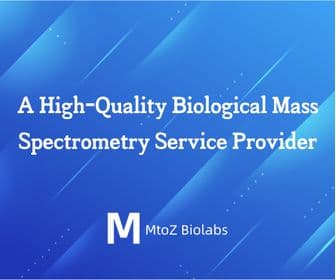BioLegend
BioLegend develops world-class, cutting-edge antibodies and reagents for biomedical research, manufactured in our state-of-the-art facilities in San Diego, CA.
Our mission is to accelerate research and discovery by providing the highest quality products at an outstanding value, along with superior customer service and technical support.
Our product areas cover a wide array of research areas, including cell immunophenotyping, cytokines and chemokines, and much more.
Our product development program produces strategic reagents for use in a variety of applications including: Flow cytometry, ELISA, ELISPOT, Immunoprecipitation , Western blotting, Immunofluorescence microscopy, Immunohistochemistry, and in vitro or in vivo functional assays.
Showing 24 of 10185 results
Product A-Z
Applications
FC
Hosts
Mouse
Reactivities
Hum
Applications
FC
Hosts
Mouse
Reactivities
Hum
Applications
FC
Hosts
Mouse
Reactivities
Hum
Applications
FC
Hosts
Mouse
Reactivities
Hum
Applications
FC
Hosts
Mouse
Reactivities
Hum
Applications
FC
Hosts
Mouse
Reactivities
Hum
Applications
FC, ICC
Hosts
Mouse
Reactivities
Hum
Applications
FC, ICC
Hosts
Rat
Reactivities
Hum
Applications
FC, ICC
Hosts
Mouse
Reactivities
Hum
Applications
FC
Hosts
Rat
Reactivities
Mouse
Applications
FC
Hosts
Rat
Reactivities
Mouse
Applications
FC
Hosts
Rat
Reactivities
Mouse
Applications
FC
Hosts
Rat
Reactivities
Mouse
Applications
FC
Hosts
Rat
Reactivities
Mouse
Applications
FC
Hosts
Mouse
Reactivities
Mouse
Applications
FC
Hosts
Mouse
Reactivities
Mouse
Applications
FC
Hosts
Ham
Reactivities
Mouse
Applications
FC
Hosts
Rat
Reactivities
Mouse
Applications
FC
Hosts
Rat
Reactivities
Mouse
Applications
FC
Hosts
Rat
Reactivities
Mouse
Applications
FC, ICC
Hosts
Rat
Reactivities
Mouse
Applications
FC, ICC
Hosts
Rat
Reactivities
Mouse
Applications
FC
Hosts
Mouse
Reactivities
Mouse
Applications
FC
Hosts
Rat
Reactivities
Mouse

Explore our products
Show all categoriesTop suppliers
United States Biological
230753 products
Carl Zeiss Microscopy
27 products
Promega Corporation
11 products
Panasonic Healthcare Company
5 products
Life Technologies
1 products
Nikon Instruments Europe
11 products
Olympus Europa Holding GmbH
3 products
Leica Microsystems, Inc.
10 products
GE Healthcare Life Sciences
2 products
Tecan Trading AG
19 products
Beckman Coulter, Inc.
1 products
AB SCIEX
3 products
BD (Becton, Dickinson and Company)
1 products
RANDOX TOXICOLOGY
5 products
Randox Food Diagnostics
6 products

























